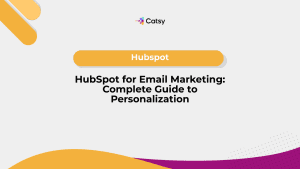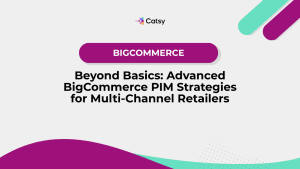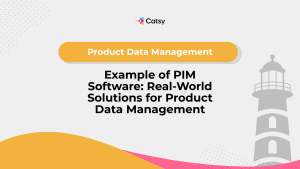Product Delivery Process Is Quick and Reliable with PIM

In this Article
The Internet is sure to undergo ever more innovative changes in the coming years.
Also, we know we’ll continue to make purchases via digital channels. The the shift to eCommerce sales channels, and corresponding decline of brick and mortar stores, means product delivery has become a key ingredient for success.
This change will affect the customer experience for consumers and businesses alike.
This blog will focus on B2B buyers because the volume of transaction made in business buying is much higher and more complex than in consumer to consumer buying. The role of the product manager and product owner is critical in understanding the item and ensuring that it is delivered on time, throughout the development process.
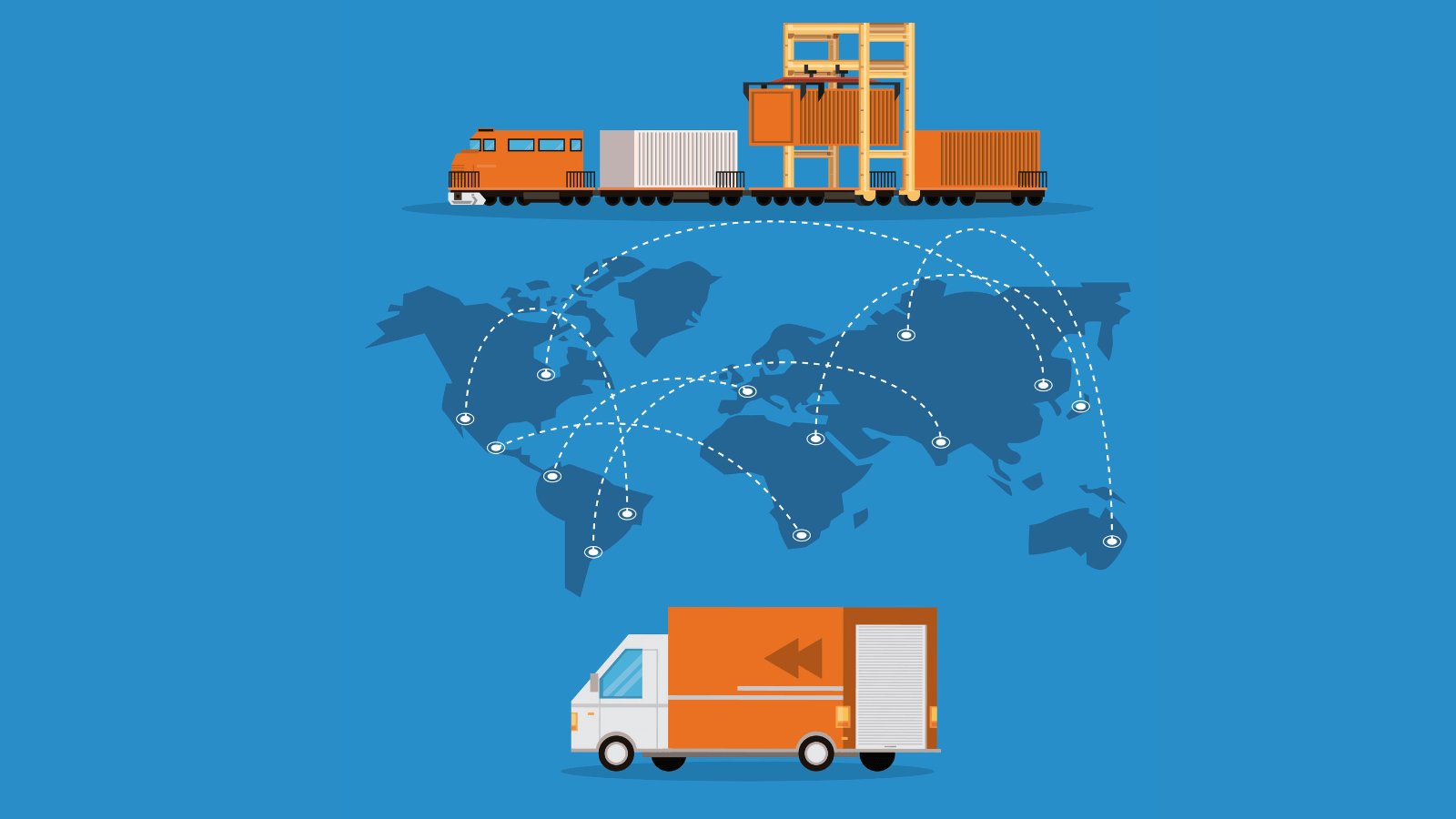
Product delivery process, speed, and reliability are important weapons companies can use to stay ahead of the competition.
- Speed assures buyers their purchases arrive on time.
- Reliability assures buyers the product delivered is what they ordered.
Not offering enough product delivery options results in more abandoned purchases. Most people have little patience when it comes to assuring them of fast delivery of their orders.
A foolproof product delivery strategy is crucial.
It is overseen by a product delivery manager and crafted through an agile product delivery approach. Often times, customers become frustrated and the resultant effect is an abandoned shopping cart, meaning lost sales. Thus, the need for increased speed and visibility influences the logistics chain heavily.
Product delivery methods doesn’t only signify the arrival of ordered goods, but encompasses so much more.
Every single piece of the pie has to do with product delivery. This includes everything from delivery presentation and marketing, right down to the time and method of delivery. Your customers will place great importance in all of these.
The entire product delivery process, managed by the delivery manager, aims to improve the item by integrating customer feedback into the roadmap. This agile product delivery ensures a high-quality product that meets customer satisfaction.

What do Customers Want?
How to draw in customer attention is a puzzle all businesses grapple with.
Business buyers and consumers alike all have misgivings about the product delivery process of most eCommerce stores. This could stem from:
- High delivery costs
- Lack of a suitable delivery option
- Having little or no faith in the seller’s product delivery system
As the time it takes to deliver a product increases, so does dissatisfaction. Ultimately, it all ends with a frustrated “I’ll never buy from them again!”
Customers want a clear and accurate tracking system in place to keep them updated on the progress of the orders they have placed. They want interactive communication about their order even before it arrives. This can be done through email, texts, or phone calls to update customers about changes or just to reassure them.
Customers want a brand that is ready to own up to lapses in their purchase system especially when product delivery issues come up. Hence, eCommerce stores must find the best way to provide excellent customer service. This is especially true because, after all, customers can choose to buy from anyone.
Customers are more likely to return and buy again if a brand can deliver at affordable prices, with flexible shipping options, and provide fast delivery. This shows that you must devise strategies to improve your product delivery to meet all these expectations, including product development and delivery throughout the lifecycle. Effective management of this process, guided by the product delivery plan and vision, is crucial to the success of the item and measuring product delivery performance.

Product Delivery Delays
To find a way to make product delivery systems more effective for eCommerce stores, go to the root of the problem looking for possible causes of delivery delays, such as documentation mistakes which often lead to delays.
This understanding of the product delivery process highlights its complexity. Product delivery is a methodology that requires attention to the final product and successful product delivery to boost customer satisfaction and brand reputation.
Delivery experiences may test the personality of a brand, influencing its identity. This is why any customer who has to put up with a delay on the first order due to common product delivery problems may decide not to buy from your site again. A successful product launch depends heavily on these initial impressions.
One major cause of delivery delays is documentation mistakes.
It has dual roots and can come from the company or the business buyers themselves. The product delivery manager is responsible for overseeing this aspect, ensuring a holistic approach to measuring product delivery effectiveness. Documentation mistakes include:
- Misspelled addresses
- Incomplete information
- Incomplete order forms
- Human error as a result of poorly managed multi-tasking
All these affect the delivery of products quickly and reliably.
eCommerce is a 24/7 marketplace unrestricted by location. Hence, system failure, bad hosting, and other technicalities can affect the ability of a store to deliver reliably and on time. Continuous delivery and efforts to continuously improve the product delivery process are crucial for maintaining high standards of product quality.

Increase Conversion Rates with Good Product Delivery
Conversion rates increase with the boost in customer confidence an efficient delivery system generates. And these days word of mouth is more important to eCommerce than ever before.
Delivery options and prices should be displayed clearly on every page of your site, including cart and checkout pages. Prices shouldn’t be hard to find but instead clearly visible to customers. Only then can customers make good purchase decisions based on their approach to the product and understanding of the product quality.
Your excellent delivery strategy can set you apart from competitors. Your site will easily stand out from those that don’t deliver on promises. This creates buzz around your uniqueness, resulting in increased sales and a favorable brand image. Product delivery also emphasizes the quality of the product, ensuring that the final product meets customer expectations.
Positive Business Results with Great Product Delivery Success
The prompt and accurate delivery of orders creates value for your buyers.
In return, you gain positive business results. The value created is the delivery of products at the right place, in the right condition for customer needs. These positive results create widespread buzz for your business, increased goodwill, and improved brand reputation.

A Good Product Delivery Strategy Increases Repeat Purchases
Your delivery strategy is a source of competitive advantage for your offer, turning visitors into customers and customers into repeat buyers. Thus, delivering on your promise is sure to improve your brand image in their mind’s eyes and wow them.
Good delivery is the mechanism for ensuring issues are handled when they arise.
The end goal in eCommerce is the transformation of buyers into repeat buyers. Your delivery mechanism can help do this. Ensuring that orders are received in satisfactory condition at the right time will go a long way to help make the transformation a reality.
Repeat customers are the cash cows of every business, so their needs are a priority. At the back of your mind should be the knowledge that repeat sales don’t happen by accident. A conscious effort by a brand to wow the customer at all touch points with them does the trick.

Do Your Homework
First things first: research and don’t forget preparation is very important.
You need to carry out research into delivery issues and use facts to find and implement the best solution. Identify your delivery needs and goals to direct the actions you will take to ensure you’re headed in the right direction.
Your delivery goals should promote:
- Increased efficiency
- Improvement in customer service
- Increased online sales
- Improved relationships between your business and buyers
All these should be taken into consideration as goals and objectives are being set. Information about shipping costs and competitive delivery practices should be priorities.
Answer the dilemma of whether to outsource or not to.
Do you have adequate resources to be able to handle logistics internally or will you use the services of a third party logistics provider? This can only be properly answered with adequate research.
The issue of returns should be addressed in the phase of logistics policy formulation.
Buying online comes with the possibility of returns because product aren’t physically present to be handled and properly inspected. A survey conducted revealed that 81% of customers will go for businesses that offer easy and free returns.
Allowing returns comes with its own problems. Hence, research and proper consultations should be made, with pros and cons tabulated to make the best decisions that will deliver best customer experiences.

Packaging and Product Design Is Important
More than the generic benefit of protecting and preserving the product, there should be a special “feel” that your packaging should give.
Some experiences of customers have left them discontented with the purchase they made. eCommerce stores need to keep up with consumers’ unrestricted purchases.
Since business buyers can’t physically handle the product, the packaging their order comes in becomes their first impression of you, which is a really huge deal you can’t afford to miss out on.
Some studies reveal that an average number of customers have the belief that the packaging of their shipment reveals the level of importance the seller has about them and the order they placed.

Your Word Is Your Bond
Breaking promises is the best way to lose customers.
If it is broken despite well-thought-out plans, a mechanism for service recovery should be put in place. You should list realistic minimum and maximum delivery times. This is to strike a balance between putting unnecessary pressure to meet up and disappointing customers from the resultant delays.
Remember, the reason why a purchase is made is to meet needs, and time is one of them.
No matter the additional benefits and promises your product comes with, if delivery is promised in 48 hours, it should be done so consistently. If orders made aren’t received within the specified time, a disconnect between the buyer and brand develops. Ultimately, this leads to disaster
The moment a business loses sight of the need to fulfill brand promises, it starts to decline.
It is preferable to promise delivery in five business days, even if it can be done in two, than to promise two days and end up disappointing the customer. The secret is to make a realistic promise and delight your customers by delivering it in less time than promised.
Shipping rate and delivery condition transparency will earn you customer loyalty.
While transparency is exercised, also apply flexibility. Thus, consumers should be offered as many options as possible. They should never have a reason to abandon their shopping carts.

Update Your Inventory
Have you ever clicked to buy an item you absolutely loved only to get an error message? This must have produced a myriad of negative emotions.
Having incorrect inventory levels will only upset customers.
Classify your inventory properly to ensure stock levels are maintained, especially for fast-moving products. This will go a long way to help save time in the process of order fulfillment. Hence, your inventory should be regularly updated to prevent the occurrence of incidences.
Keeping your inventory up to date will mitigate running out of products.
After all the effort spent in product promotion, the product should be on hand when requested. Management of inventory can help increase profit margins because it allows the efficient movement of goods. This can offer a business competitive advantage.
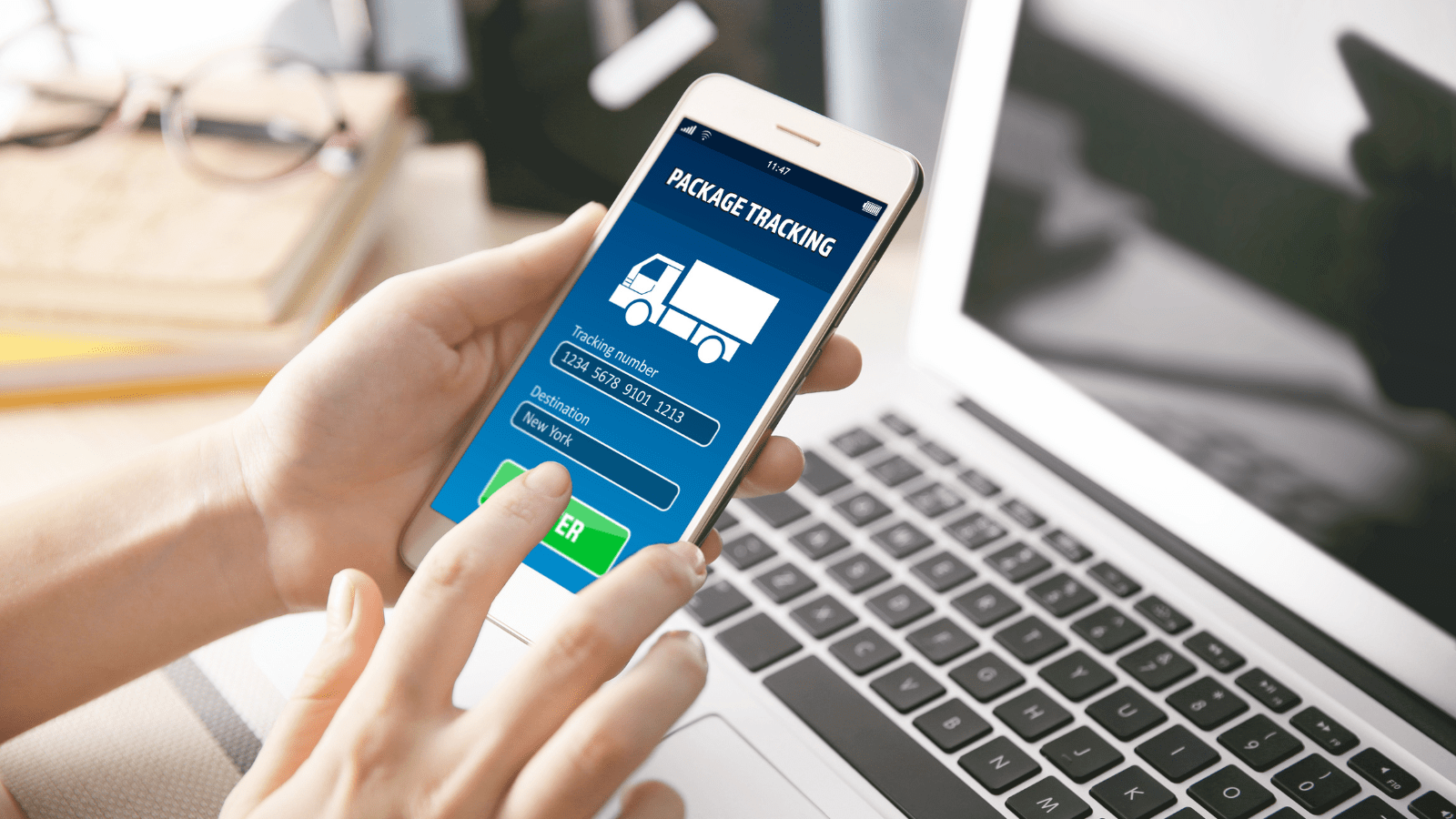
Use Logistics Software for Product Management
Using automated logistic software goes a long way to ensure accuracy.
This is especially true when regularly updating data. The Amazon effect has increased customer demand, particularly with regard to delivery time. Amazon offers same-day delivery for many products sold on its platform.
Using automated logistics can help reduce costly errors that can be gotten from manual data entry, helping brand deliver better customer experiences. This is highly important, especially when you realize that it costs you so much to lose just one customer.
Your overall strategy will determine which logistics software you should use.
Remember, it must also be in line with your delivery goals and objectives. Determine the best way to integrate your logistics software into your overall business strategy.
An automated system also helps resolve business decisions as a result of access to stored trends and history. Having valuable data will help you see a clearer picture of the costs of each decision you make.
Use a unified platform that can integrate all aspects of the supply chain in the management of logistics. It should be one that can easily harmonize all links of your supply chain network.
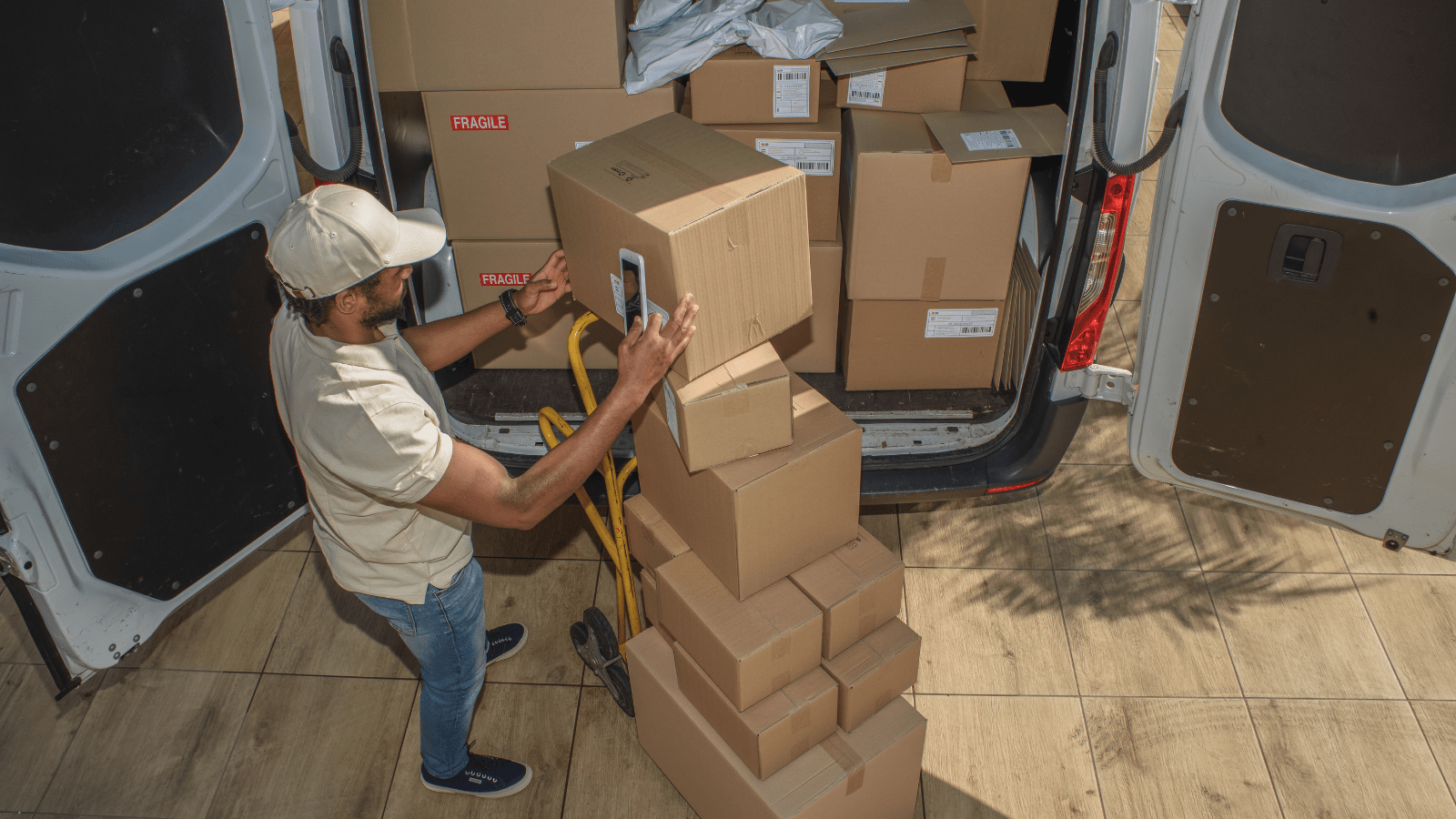
Product Delivery with Couriers
A number of eCommerce stores use the services of courier companies with a specialty in handling logistics and delivery. However, assess them properly and find the best one to help achieve your delivery goals.
The contract drawn with these companies should communicate a clear message and should be easy to understand. Courier companies can offer flexible delivery packages that can save you time and avoid unnecessary delays.
When you don’t have the resources at your disposal to fulfill orders on time, go with a courier.
A lot of stores benefit from the advantage courier companies bring to the table. Courier companies can offer services that will increase overall performance, reduce costs, and allow you to focus on other demanding business activities. Outsourcing your order fulfillment function also allows you make the most of technology without the accompanying risks. Outsourcing your order fulfillment function also allows you make the most of technology without the accompanying risks.

Include Surprise Freebies
You aren’t just trying to deliver products quickly and reliably, but to do it so well your customers feel like they have no choice but to come back for more. A surprise gift may sound complicated, but it’s really not. A thoughtful little gift can make a huge impact.
Remember, the gift doesn’t have to be expensive to make an impression.
Surprise freebies are a great way to delight customers and create impressions that will live on and influence further purchase decisions. Unconsciously, buyers psychologically incline toward your brand in a bid to repay the favor.
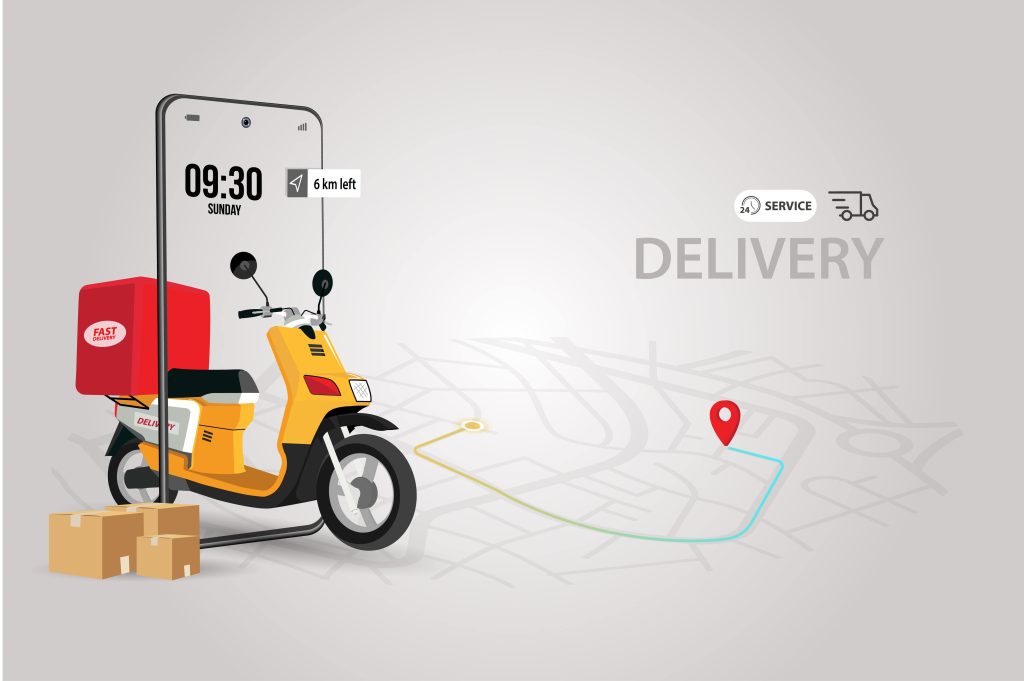
Pull It Together to Win
Delivery is one factor buyers consider before trusting a brand.
This is why consumers are quick to point out that unreliable delivery is what discourages them from buying online. Surveys have revealed 60% of customers say their central reason for online shopping is delivery convenience.
A defective delivery system is a liability to the success of the company.
Quick and reliable product delivery is key to eCommerce success. Again, product delivery doesn’t start and end with the receipt of goods. Instead, it’s traceable back to buyer shopping experience. This is also true of the processes and technology necessary for order fulfillment.
A lot can go wrong at different stages of these processes, in particular with order placement and delivery. Online checkout pages should be shorter and should enable easy filling. If brands can’t fulfill these expectations with the resources at hand, outsource the function.
Third party logistics firms have the capacity to handle your customers’ delivery needs.
With the increase in the popularity of online stores, buyer expectations expand. This is why delivery of products is a challenge for eCommerce stores and finding a flexible delivery option becomes necessary.
Your customers brand experiences will fall into three categories:
- Below expectations
- Equal to expectations
- Beyond expectations
Brands that want to grow to meet industry standards will aim to exceed their buyers’ expectations of their buyers and delight them.
You can’t afford to make even one mistake in your product delivery, because your image and reputation are at stake. These go a long way to influence customer retention rates. Consistent customer communication, so customers are informed every step of the way in their order fulfillment, is crucial.
Now that you know the ins and outs of product delivery, click here to see what Catsy can do for you. Book a demo of Caty’s DAM and PIM product.
Product information management (PIM) is a catalog software tool built to speed products to market.
Digital asset management (DAM) is a software used to organize and enrich digital assets.


